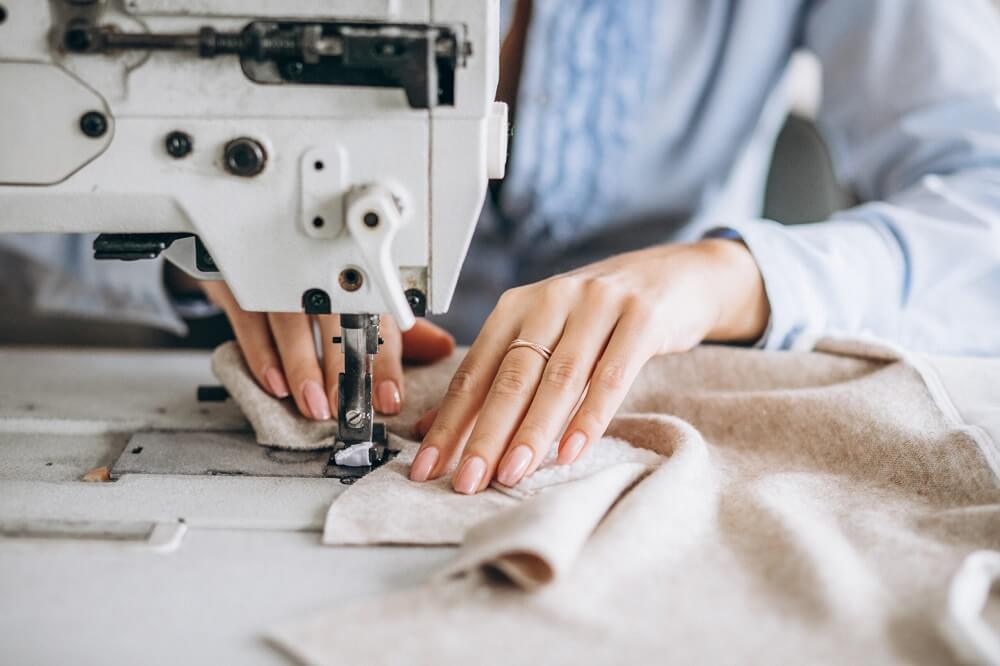Tailor Perth: Exceptional Tailoring for a Perfectly Fitted Wardrobe
Tailor Perth: Exceptional Tailoring for a Perfectly Fitted Wardrobe
Blog Article
Recognizing the Tailoring Process: From Fabric Option to Last Suitable for the Perfect Closet
The customizing process is a complicated interplay of art and science, starting with the critical choice of material choice and culminating in the precise adjustments of last installations. Each material type brings distinct qualities that influence not only the aesthetic charm however likewise the garment's durability and viability for various events. Comprehending the nuances of customizing methods can elevate one's closet to unmatched levels of elegance. As we explore these components additionally, one should consider how even the tiniest information can substantially impact the total result of one's personal design.
Relevance of Material Selection
Picking the appropriate fabric is crucial in the tailoring procedure, as it directly affects the convenience, toughness, and overall aesthetic of the final garment (tailor perth). The option of textile sets the foundation for the garment's capability, style, and efficiency. Different textiles possess one-of-a-kind homes, such as breathability, weight, and stretch, which can significantly affect exactly how the garment drapes and fits the body
Moreover, textile choice affects the garment's longevity and simplicity of treatment. Premium textiles can withstand deterioration, preserving their look and framework gradually, while lower-quality products might bring about pilling or fading. In addition, the ideal material contributes to the garment's ability to change throughout occasions and periods, therefore boosting convenience.
A customized piece made from a suitable fabric not just showcases workmanship but also boosts the user's confidence. Consequently, understanding the subtleties of material choice is critical for any type of tailoring endeavor. It makes certain that the end product not only meets the visual needs of the customer yet likewise straightens with useful demands, thus achieving an unified balance in between form and function in the customized wardrobe.
Kinds of Fabrics and Their Uses
Recognizing the different sorts of materials available is essential for making notified choices throughout the tailoring procedure. Each material has special attributes that dictate its viability for specific garments and celebrations.
Its convenience allows it to be tailored right into everything from t-shirts to outfits. Its natural flexibility assists garments preserve form over time.
Silk radiates high-end and is light-weight, making it perfect for eveningwear and fragile shirts; nonetheless, it needs careful handling as a result of its frailty. Linen, with its distinctive coating, is a popular choice for warm climates, giving a ventilated and crisp feel, yet it wrinkles easily, which might impact the garment's appearance.
Synthetic fabrics, such as polyester and nylon, deal resilience and resistance to creases, making them suitable for everyday wear and active clothes. Recognizing these textile types and their properties enables better decision-making, guaranteeing that each tailored item not just fits well yet also straightens with the intended purpose and occasion.
The Tailoring Methods Explained
The art of customizing relies upon a variety of techniques that change textile into well-fitted garments. Central to this process is pattern preparing, where a dressmaker produces design templates based upon the customer's dimensions and preferred design. This initial action ensures that the garment will fit the user appropriately before any reducing occurs.
As soon as patterns are established, cutting strategies come right into play. Precision is paramount as errors can cause misfitting garments. YOURURL.com Tailors typically utilize numerous reducing techniques, such as single-layer reducing for complex styles and multiple-layer cutting for performance on common patterns.
Basting is one more important technique, permitting dressmakers to briefly stitch material pieces together for a preliminary installation. This technique uses the possibility to examine the drape and total shape prior to final stitching.
Seaming methods, consisting of french joints and flat-felled joints, enhance the garment's durability and aesthetic appeal. Tailors additionally employ strategies such as interfacing and padding to supply framework and shape to certain areas, like collars and shoulders.
Last but not least, completing methods, consisting of hemming and edge ending up, ensure the garment's durability while giving a refined appearance. With each other, these techniques develop the foundation of effective tailoring, leading to beautiful, tailor-made apparel.
Suitable Adjustments and Factors To Consider

Trick considerations consist of the shoulder fit, which should neither droop nor limit motion, and the sleeve size, which should click this link enable for comfy arm activity while preserving a refined appearance. Additionally, changes at the waistline can refine the shape, with choices to allow out or take in textile as needed.
The increase of pants is another critical factor; it needs to rest comfortably above the hips without causing pain, enabling convenience of activity. Hemming sizes for both trousers and skirts must show the user's favored style while appreciating percentages.

Keeping Your Tailored Clothing
Constantly adhere to the treatment tag directions, which may recommend dry cleansing for fragile textiles or equipment cleaning for more resilient materials. Avoid regular laundering, as this can use down the material and modify the garment's shape.
Storage is just as essential; usage padded wall mounts for coats and layers to preserve shoulder structure, and shop pants folded neatly or hung to stop creasing. Protect garments from direct sunshine, which can fade shades and damages fibers.
In addition, routine inspections for minor repairs can protect against bigger concerns. Examine for loose buttons, fraying seams, or indicators of moth damages, attending to these problems promptly to keep the garment's stability.
Lastly, take into consideration seasonal rotation. Putting on customized items in small amounts allows textiles to recuperate, expanding their life expectancy. By implementing these upkeep approaches, you can guarantee that your customized garments stay as immaculate as the day you first used them, enhancing your excellent closet for years to come.
Final Thought
The tailoring process, including material choice, knowledgeable strategies, and precise suitable adjustments, plays a crucial function in developing garments that improve both comfort and style. Comprehending the value of maintenance prolongs the life of tailored garments, solidifying their More Info value in a well-curated wardrobe.
Choosing the right fabric is vital in the customizing process, as it directly influences the convenience, durability, and total aesthetic of the final garment. The option of textile establishes the foundation for the garment's performance, performance, and design. Various materials possess unique residential properties, such as weight, stretch, and breathability, which can dramatically impact exactly how the garment drapes and fits the body.
The art of tailoring counts on a range of techniques that change fabric right into well-fitted garments.The tailoring process, incorporating fabric option, knowledgeable methods, and precise suitable changes, plays an important duty in producing garments that boost both comfort and design.
Report this page